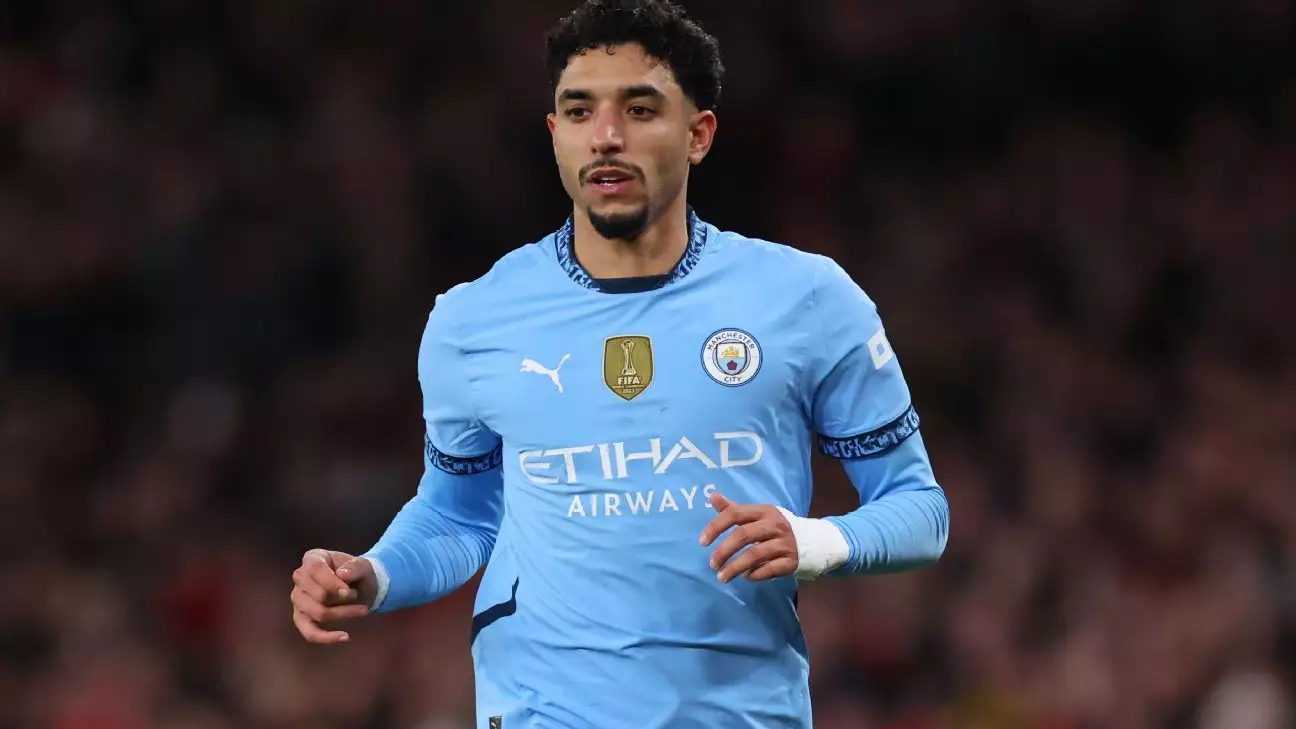The January transfer window is often a thrilling period in European football, where clubs scramble to bolster their squads ahead of the intense second half of the season. For African players, this window has proven to be particularly significant, with several high-profile moves shaping the landscape of both African and European football. As clubs seek to enhance their competitiveness, the latest transfers have provided a fascinating glimpse into emerging talents and experienced stalwarts alike making their marks globally.
One of the most talked-about deals of the January window was the €75 million transfer of Egyptian forward Omar Marmoush from Eintracht Frankfurt to Manchester City. This transfer not only underscores Marmoush’s impressive form in the Bundesliga—where he scored 15 goals and provided nine assists over just 17 appearances—but also emphasizes the risks involved in hefty investments in players who have only recently hit their stride. Joining a Manchester City team that is undergoing significant changes, Marmoush’s immediate impact will be scrutinized, especially following a heavy defeat to Arsenal in his early games. While he seems poised for success, the true measure of his capability will unfold over the coming years, as he attempts to cement his place in a historically dominant squad.
Meanwhile, another noteworthy deal was that of Gabonese international Mario Lemina, who secured a £2 million move to Galatasaray. After a challenging stint at Wolverhampton, where he was stripped of the captaincy amid relegation struggles, Lemina has found solace in Istanbul under the guidance of Jose Mourinho. At 31, Lemina is at a critical juncture where he can redefine his career in a league where he has previously excelled, and his presence could be pivotal for a Galatasaray team currently leading the Turkish Super Lig. It is a move that represents redemption for the experienced midfielder and a testament to his ability to thrive in challenging environments.
Significantly, the January window also saw Congolese goalkeeper Brice Samba move from RC Lens to Stade Rennais. Traditionally, goalkeeper transfers are rare during the winter months, making Samba’s move noteworthy. His established reputation as a reliable custodian will be crucial for Rennais as they seek to distance themselves from the relegation zone. By displacing veteran keeper Steve Mandanda, Samba’s entrance not only speaks to his individual potential but also highlights the changing dynamics in goalkeeping roles across Europe.
The transfer of Romain Esse from Millwall to Crystal Palace is another exciting move that reflects a strategic approach by the Eagles. Known for their adept scouting of young talent from lower leagues, Palace’s investment in Esse suggests confidence in his ability to adapt to the Premier League’s demands. With his skill set comprising agile dribbling and strategic understanding, Esse offers versatile options for Palace’s attack and represents a forward-thinking acquisition that aligns with the club’s developmental ethos.
However, not all anticipated transfers came to fruition. One standout was Nigeria’s Victor Boniface, who was widely rumored to be on the brink of a lucrative move to Al-Nassr. His decision to remain at Bayer Leverkusen may have seemed disappointing at first, but staying in the Bundesliga could enhance his chances of attracting interest from elite European clubs, given his promising form.
Similarly, the prospects of players like Bryan Mbeumo and Wilfried Zaha continue to capture the imagination of fans. While both players had been linked to potential shifts, the expected moves did not materialize during this window. Mbeumo’s strong performance throughout the season suggests that clubs will keep a close eye on him as the summer window approaches, highlighting the need for teams to strategically plan their acquisitions based on performance trajectories rather than impulsive reactions to market trends.
Looking ahead, the summer transfer window presents opportunities and challenges for African players. With many contracts expiring and clubs recalibrating their rosters, it’s likely that several of these athletes will find themselves in pivotal positions to either advance their careers or face setbacks through the loan systems that have proliferated in recent years, particularly for younger talents like Mathis Amougou.
As football continues to evolve, the January transfer window serves as a microcosm of broader trends within the sport—highlighting not just the fortunes of individual players, but also the shifting strategies of clubs in navigating the complexities of team dynamics, market economics, and the relentless pursuit of success. As we exit this transfer period, the future may hold many surprises, and the performance of these African stars will undoubtedly serve as a key narrative in the ongoing saga of European football.

